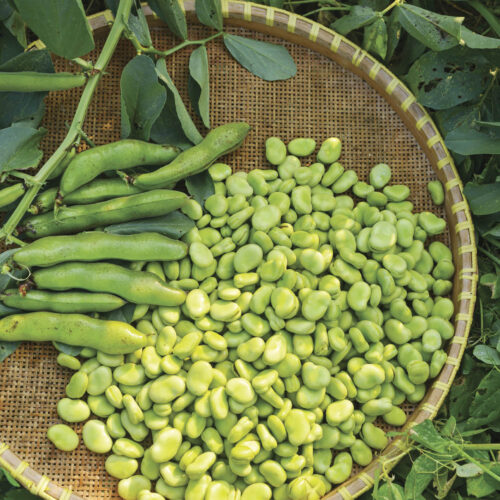Cherry tree thoughts
2018-10-14T05:18:11+11:00
Penny Woodward discusses four things you need to know for successful cherry production.
I once wrote an article about growing cherries that was more than 3,000 words long. I think I had been asked for 1,000 words! My editor was not happy. But there is so much that needs to be explained about growing cherries that I didn’t know what to leave out. This time though I’m just going to talk about three things, and link you to a fourth.
I’ve had my two cherry trees growing for four years now and only harvested a handful of cherries each year. They are growing well and in the perfect position but my seaside location means it is usually too warm for cherries to set fruit. This winter though has been colder then usual, so I was hopeful… then very excited when I found there are more than 100 cherries growing on one of my small trees.
First thing: Winter chill is one of the biggest limiting factors for growing cherries. Good cherry production is really limited to dry, warm and cold temperate regions. All states have commercial crops of cherries but in SA, WA and Qld, cherries are only grown in southern inland regions. Chilling is a somewhat inexact concept that calculates the number of hours each winter that the temperature drops below 7.2ºC. Each hour below this gives one chill hour, but temperatures just above this can give half a chill half hour for each hour, and temperatures well below, don’t give more chill hours. Cherries need between 400 and 800 chill hours depending on the cultivar. If this is all just too complicated and you have proper seasons and regularly get winter minimum temperatures below 10ºC then it would be worth giving cherries a go.
Second thing: Pruning. My trees are pruned using the Spanish bush method. I’m a hopeless pruner, but this method is easy. It involves pruning the tree back to 30cm above the graft after planting or in the first summer, resulting in four or six leaders the following year. The following February (after fruit are harvested) these are pruned back to 30cm above the previous year’s pruning point. Repeat the following season. This results in small, thin branches and lessens the vigour of growth. After three years there were 15–20 leaders, each with numerous fruiting spurs. Now with the extra cold, the result is heavy cropping and a smaller, easily netted and harvested tree.
And that’s the third thing: Netting. Cherries are birds almost favourite food. So I will cover the whole tree in a fine, not stretchy net, supported by a framework of stakes (or bent pipe for larger trees). It needs to be fine and not stretchy so it doesn’t trap wildlife. Weight the bottom so that birds and rats don’t sneak under.
The fourth thing is controlling pear and cherry slug, and I’ve written about this before so you can just go here to find out easy organic ways to do this.
Happy cherry eating season!






